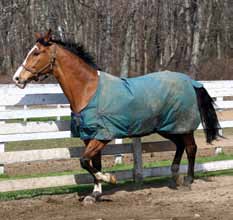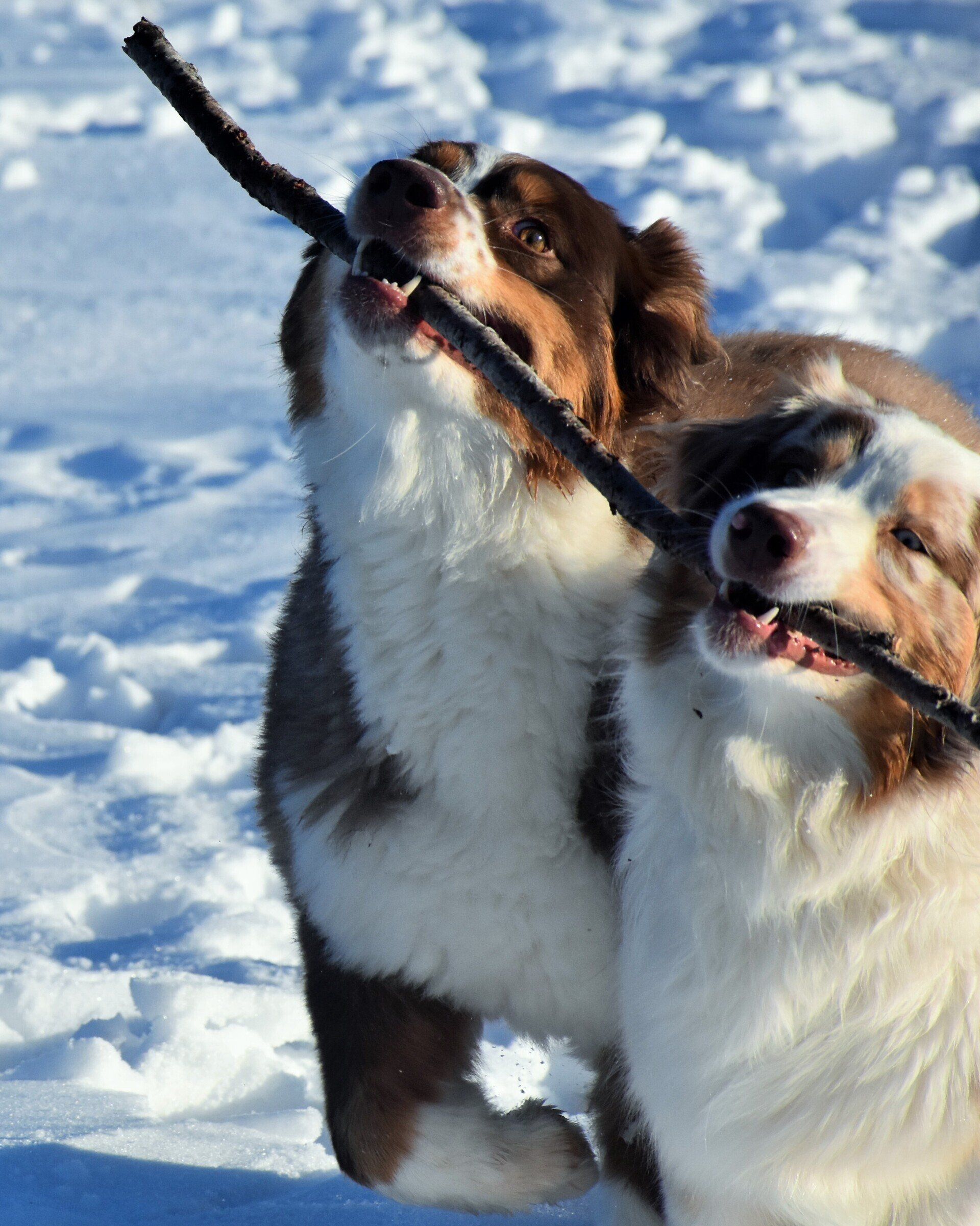Horses
Susan Greenall

DISTANCE DRIVING
If you are looking for a way to enjoy your driving horse in a relaxed competitive setting, distance driving may be for you. Distance driving emerged in 1984 as an alternative to competitive trail riding. Since then, it has diversified and grown in many forms. The basic concept is to compete the driving horse over a prescribed distance in a set time and finish in the best form possible. While competitive in nature, the events are designed for the driver, and horse, to have a great time, enjoy the countryside, and have a feeling of accomplishment at the end.
Since there is no “national” organization sanctioning these events, most have adopted rules from existing local or regional distance riding groups. Such examples are Eastern Competitive Trail Riding Association (ECTRA), South East Distance Riding Association (SEDRA), Midwest Distance Driving Association (MDDA) which operates under the rules of the Upper Midwest Endurance and Competitive Trail Riding Association (UMECTRA) and the National Endurance Driving Association (NEDA) which follows American Endurance Riding Association (AERC) rules. Many of the distance driving competitions are held along with a distance riding competition, which adds to the fun. Read more...
Ponying was without a doubt created by the Mother of Invention. Someone, somewhere had two or more horses that needed exercise and half the time to do it in. It is a common practice on the track and in polo which is most likely the origin of the name. The benefits of ponying expand beyond the track and can be of great benefit to the professional trainer down to the pleasure rider.
The main object of ponying was to exercise more than one horse at a time. It is not uncommon to see a string of 5 or 6 polo ponies strung together for an hour of exercise. It is advisable, however, to start with just one extra horse. Distance riders like using this method of exercise to condition their horses. “Many of us find ourselves with one old campaigner and a new horse that we are getting ready,” explains Dr. Heather Hoyns, a veterinarian from Windsor, Vt. “I have limited time to ride, so ponying was the logical solution. It keeps the older horse fit and develops the younger horse at the same time. I was able to bring the new horse along a lot faster as he did not have to carry my weight before developing some muscle. It also allowed him to adjust to our hilly terrain. By the time I was riding him and ponying my seasoned horse, he was in very good shape.” Read More…
The post Horses appeared first on 4 Legs & A Tail .








SEO and Design services provided by 4 Legs & A Tail. Privacy Policy.
The content of this website including but not limited to the images or any other marks are the property of their respective copyright owners and designers. All images and marks are used under license from their owners. Any copying or downloading without express written permission is a violation of copyright law and is prohibited.
Legal

